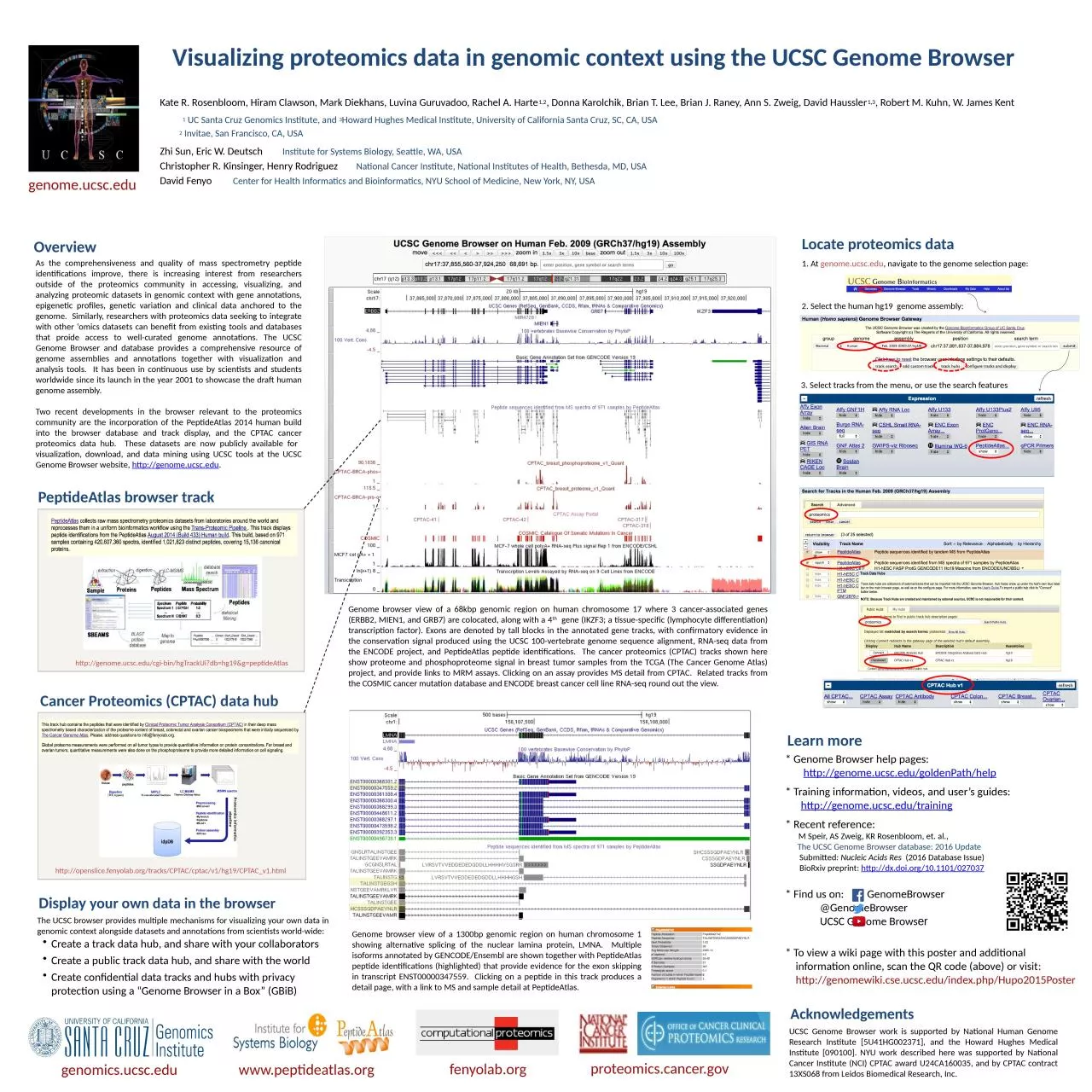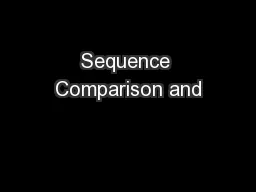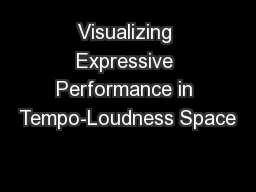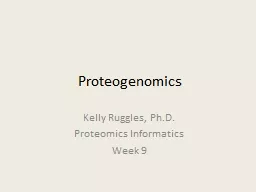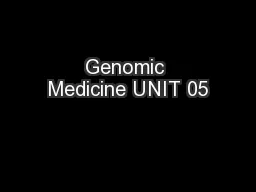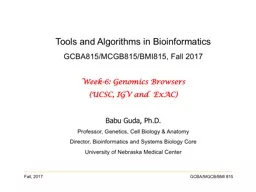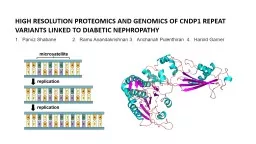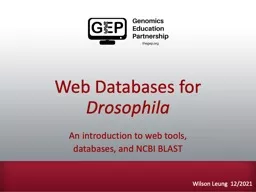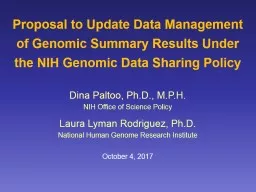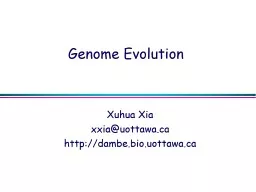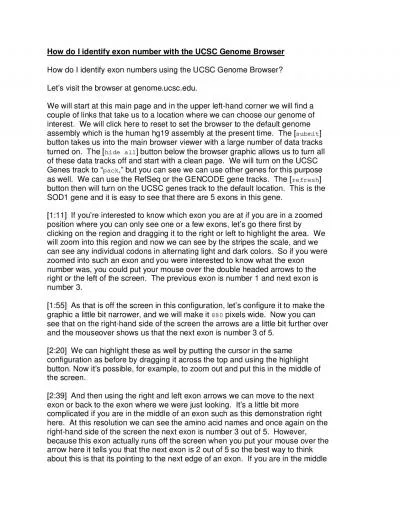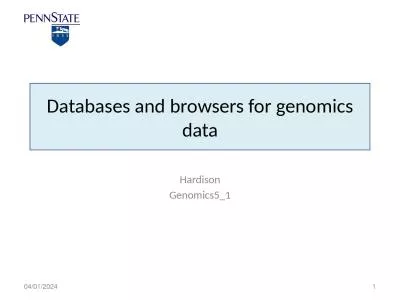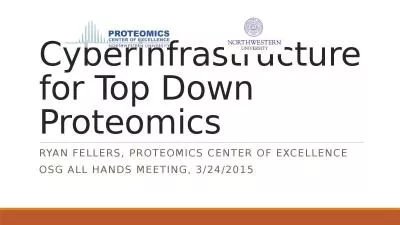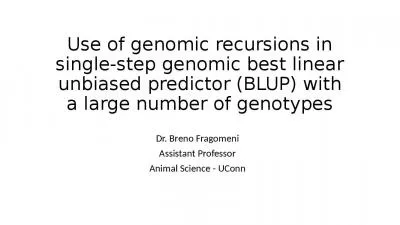PPT-Visualizing proteomics data in genomic context using the UCSC Genome Browser
Author : LittleMissPerfect | Published Date : 2022-08-03
Kate R Rosenbloom Hiram Clawson Mark Diekhans Luvina Guruvadoo Rachel A Harte 12 Donna Karolchik Brian T Lee Brian J Raney Ann S Zweig David Haussler 13 Robert
Presentation Embed Code
Download Presentation
Download Presentation The PPT/PDF document "Visualizing proteomics data in genomic c..." is the property of its rightful owner. Permission is granted to download and print the materials on this website for personal, non-commercial use only, and to display it on your personal computer provided you do not modify the materials and that you retain all copyright notices contained in the materials. By downloading content from our website, you accept the terms of this agreement.
Visualizing proteomics data in genomic context using the UCSC Genome Browser: Transcript
Download Rules Of Document
"Visualizing proteomics data in genomic context using the UCSC Genome Browser"The content belongs to its owner. You may download and print it for personal use, without modification, and keep all copyright notices. By downloading, you agree to these terms.
Related Documents

